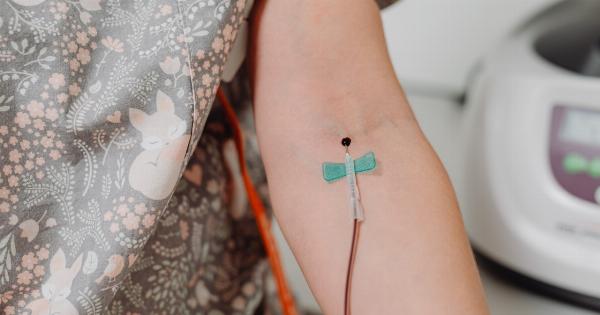Edema, or the swelling of legs, is a common problem amongst individuals of all ages. It is usually caused by an excessive accumulation of fluid in the tissues of legs.
While mild leg swelling may not be a cause of concern, an overwhelming swelling can result in the development of chronic venous insufficiency or CVI.
Understanding the underlying causes and symptoms of CVI, and seeking timely medical treatment, is crucial for avoiding severe complications.
What is Chronic Venous Insufficiency?
Chronic venous insufficiency, or CVI, is a medical condition that develops when the veins in legs fail to carry blood efficiently back to the heart.
Instead, blood is pooled in the legs, which leads to blood clots, leg swelling, skin changes, and leg ulcers.
CVI is a common form of venous disease, affecting nearly 40% of the adult population worldwide. It can be caused by several underlying conditions, including varicose veins, deep vein thrombosis, obesity, and pregnancy.
Symptoms of Chronic Venous Insufficiency
The primary symptom of CVI is leg swelling, which usually worsens throughout the day, and may be relieved by elevating the legs. In addition to leg swelling, individuals with CVI may experience the following symptoms:.
- Leg pain or aching
- Heavy feeling in legs
- Burning or itching sensation in legs
- Restless leg syndrome
- Lower leg skin changes, such as thickening or discoloration
- Leg ulcers
Diagnosis of Chronic Venous Insufficiency
If you experience any of the above-mentioned symptoms of CVI, it is recommended that you see a vascular specialist. Your specialist will perform a complete physical exam and may request further diagnostic tests, including:.
- Venous duplex ultrasound – This test uses sound waves to produce images of blood flow in your veins and help detect blockages or leaks.
- CT scan or MRI – These imaging tests can provide detailed images of your veins and help diagnose underlying conditions that may be causing CVI.
- Angiogram – This test uses X-rays to produce images of your veins and arteries, which can help detect blockages or damage.
Treatment for Chronic Venous Insufficiency
There is no cure for CVI, but treatment can help relieve symptoms and prevent complications. Treatment for CVI may include:.
- Compression stockings – These tight-fitting stockings help promote blood flow in your legs and prevent swelling.
- Endovenous thermal ablation – This minimally invasive procedure uses heat to destroy damaged veins, which redirects blood flow to healthy veins.
- Sclerotherapy – This treatment involves injecting a solution into damaged veins, which causes them to collapse and reroute blood flow.
- Phlebectomy – This procedure involves removing damaged veins through small incisions in the skin.
- Vein bypass – This surgery involves rerouting blood flow from damaged veins to healthy veins.
Prevention of Chronic Venous Insufficiency
While some of the risk factors of CVI, such as genetics and age, cannot be controlled, there are several lifestyle changes that individuals can adopt to prevent the onset of the disease, including:.
- Maintain a healthy weight to reduce pressure on veins
- Regular exercise, such as walking or cycling, to promote blood flow in legs
- Elevate legs while sitting or sleeping to reduce the pooling of blood
- Avoid standing or sitting for prolonged periods
- Avoid tight-fitting clothes and high heels
Conclusion
CVI is a chronic condition that can significantly impact an individual’s quality of life.
Understanding the underlying causes and symptoms, and seeking timely medical treatment, is crucial for managing symptoms, preventing complications, and improving overall health.





























